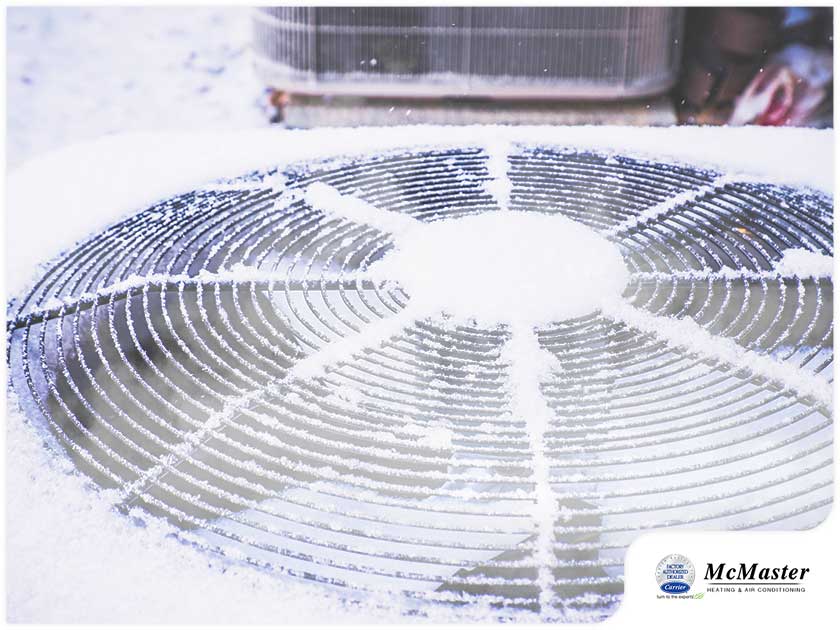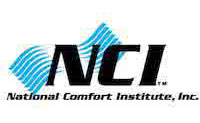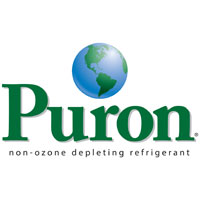Should you be worried about steam coming out of your outdoor heat pump? The short answer is no; it’s just a sign your heat pump is in defrost mode.
Why is your heat pump in defrost mode, and where is the steam coming from? McMaster, your local heating and air conditioning contractor, explains in this guide.
Why Heat Pumps Need to Go Into Defrost Mode
During the colder months of the year, or heating season, frost might form on the coils of the heat pump’s heat exchanger. As heat is transferred from the outside air into your home, moisture can accumulate on the coils of the heat exchanger. When exposed to low temperatures, the moisture freezes, forming frost or ice.
Unlike steam, frost on coils is a cause for concern because it reduces your heat pump’s efficiency. That’s why if there’s frost on your coils, your heat pump will go into defrost mode.
What Happens In Defrost Mode
In defrost mode, the outdoor fan motor will temporarily stop running to create more pressure and heat to melt the frost on the coils. Your heat pump also shifts to air conditioning mode; by turning the outdoor unit into a condenser, warm refrigerant gas that passes through the coils thaws the frost, resulting in steam rising from your heat pump.
When You Should Be Worried?
It’s not uncommon for steam to be mistaken for smoke, although a key difference between the two is the smell of burnt wiring. If you notice burning smells coming from your heat pump, turn it off immediately and contact an HVAC technician.
If you’re looking for HVAC technicians in your area, here’s a tip: the number of years a contractor has been in business should give you a good idea of their level of expertise.
McMaster has been providing professional HVAC and air conditioning services to local residents since 1996. To get a free estimate on replacements, call us at (949) 481-7995 or fill out this form. We serve homeowners in Irvine and Orange County, CA, as well as the surrounding communities.














